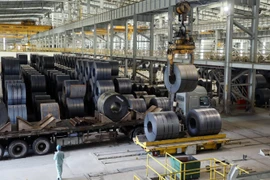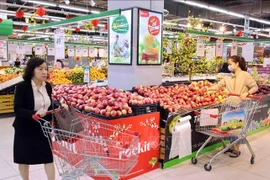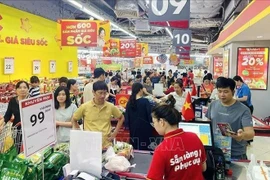Hanoi (VNA) – Vietnam’s consumer price index (CPI) climbed 3.22% year-on-year while core inflation rose by 3.01% in the first quarter of 2025, Director of the National Statistics Office (NSO) Nguyen Thi Huong said at a press conference in Hanoi on April 6.
Huong explained that the first quarter saw significant fluctuations in the global commodity markets due to various political, economic, and social factors across different countries. She said strategic competition between major powers continues to intensify, particularly with the new US tariff policies causing trade tensions and affecting global supply chains.
Ongoing military conflicts and political instability across the globe have forced many countries to maintain tight monetary policies, resulting in weak aggregate demand and slow global economic growth, she added.
Director of the NSO’s Service and Price Statistics Department Nguyen Thu Oanh identified factors contributing to the CPI increase in Q1, saying the food and food service group rising by 3.78%, contributing 1.27 percentage points to the overall CPI growth. Within this category, pork prices increased by 12.49% due to supply shortages amid high demand during holidays, adding 0.42 percentage point to the overall CPI increase. Rice prices went up 0.97%, contributing 0.02 percentage point, while fresh poultry prices climbed 1.06%.
Housing, electricity, water, fuel, and construction materials hiked 5.11% due to higher prices of cement, steel, sand, and rental housing, contributing 0.96 percentage point to the CPI expansion. Household electricity prices increased by 5.11% due to higher demand and the Vietnam Electricity's adjustment of average retail electricity prices from October 11, 2024, adding 0.17 percentage point to the overall CPI.
Pharmaceutical products and medical services jumped by 14.4%, contributing 0.78 percentage point to the CPI growth.
These increases were partially offset by a 2.4% decrease in transport costs as fuel prices dropped 9.73% and railway passenger transport services down 6.06% in Q1. Besides, the education group decreased by 0.61%, lowering the overall CPI by 0.04 percentage point, as several provinces and centrally-run cities exempted or reduced tuition fees for the 2024-2025 academic year. The postal and telecommunications group fell by 0.59%, reducing the CPI by 0.02 percentage point.
The NSO said core inflation, 3.01%, was lower than the average CPI increase primarily because food prices, electricity, and medical services – major contributors to CPI growth – are excluded when calculating core inflation.
In March alone, the CPI dropped slightly, by 0.03% from the previous month. However, it still rose 1.3% from December 2024 and 3.13% from the same period last year.
The Government has implemented numerous measures including ensuring stable supply chains, reducing lending rates, accelerating public investment, and cutting value added tax, Huong said, adding market prices remain stable and inflation under control./.
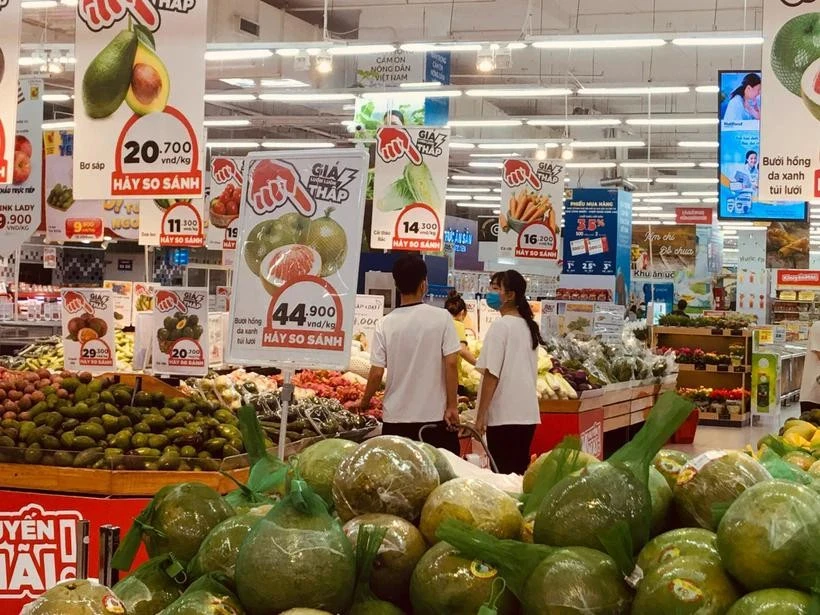
See more
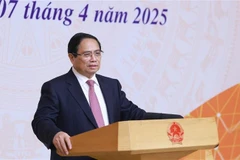
Prime Minister chairs meeting discussing measures to adapt to changes in int'l trade
PM Chinh affirmed that adversity has always reinforced Vietnam’s resilience and resourcefulness, enabling the country to overcome obstacles and adapt effectively to global shifts.

VCCI, AmCham call on US to delay new reciprocal tariffs on Vietnam's exports
In their joint letter sent to the US Secretary of Commerce, VCCI and AmCham called on the Trump administration to temporarily suspend the imposition of tariffs to avoid disrupting business operations, negatively affecting current trade transactions, and disturbing the logistics chain.
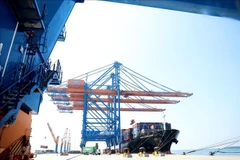
Flexible solutions needed to adapt to US new tariff policy: Official
Hoai said the US's proposed reciprocal tariff of 46% on imports from Vietnam can have significant and multifaceted impacts on the Southeast Asian country’s exports and economic growth in the near future.
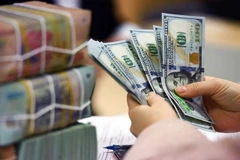
Foreign exchange rate to remain under control in wake of US tariff
According to experts, to minimise exchange rate risks, the SBV should manage the rate flexibly, but not fix or anchor it because Vietnam's economy is deeply integrating towards it becoming a market economy, which requires flexibility.
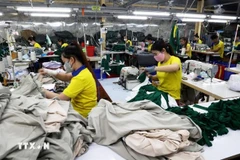
US tariffs threaten Vietnam’s exports, economic growth: Insiders
Michael Kokalari, Chief Economist at VinaCapital, described the April 2 announcement of ‘reciprocal tariffs’ as “completely unexpected”. “Based on our analysis, these tariffs will make it difficult for Vietnam to achieve its 8% GDP growth target,” he said.
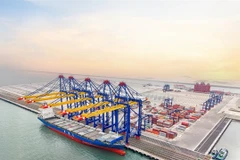
Hai Phong inaugurates 73ha-smart port
The launch of the Hateco Hai Phong International Container Terminal (HHIT) represents a significant milestone in Vietnam’s maritime development, boosting international trade and driving economic growth not only in the northern region but across the nation.
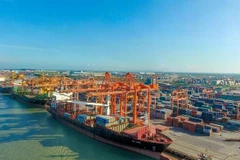
Vietnam, Canada strengthen cooperation amidst global trade tensions
Quebec leaders expressed their determination to bolster comprehensive cooperation with Vietnam as part of Canada's strategy to diversify markets and reduce its dependence on the US market.

Vietnam posts trade surplus of 3.16 billion USD in Q1
In March alone, the total trade revenue reached 75.39 billion USD, up 18.2% compared to the previous month, and 16.6% year-on-year.

PM calls for flexible response to US tariffs, maintaining 8% growth target
Prime Minister Pham Minh Chinh emphasised that Vietnam will not change its target of achieving economic growth of 8% or higher this year, while simultaneously maintaining macroeconomic stability, ensuring social welfare, and improving people's livelihoods.
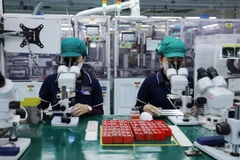
FDI inflow into Vietnam rises 34.7% in Q1
This growth is driven by several factors, including a sharp increase in additional investment to existing projects, capital contribution, and share purchases.
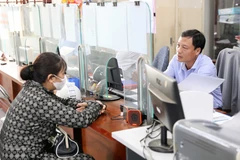
Public satisfaction with administrative services improves further: conference
The 2024 PAR Index achieved its highest average value to date – at 88.37%, up 1.39% from 2023, with all the 63 provinces and centrally-run cities scoring above 80%.

FDI predicted to flow strongly into high-value technology sectors
Vietnam is emerging as an attractive destination for investors in science and technology, especially semiconductors, largely due to high-quality human resources at competitive cost, upgraded infrastructure, increasingly open and transparent policies, and high political determination of Party and State leaders.

RCEP agreement marks three years of advancing regional trade cooperation
Currently, the agreement covers a market of approximately 2.3 billion people, representing around 30% of the global population and GDP. Notably, five of its 15 members are members of the G20.

Vietnam provides updates on rules of origin at WTO
Through Hien’s remarks, WTO members appreciated Vietnam’s proactive and responsible role in promoting cooperation among member states and enhancing transparency in meeting its notification obligations under WTO regulations.
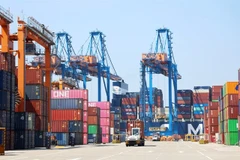
AmCham proposes US postpone reciprocal tariffs on Vietnam's goods
While AmCham acknowledges the need to address the growing trade deficit between the two nations, it strongly urges the US administration to consider implementing a grace period.
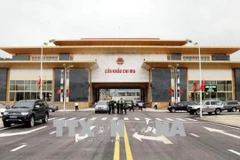
Goods flows via Lang Son’s Chi Ma border gate surge
This is reflected in the customs revenue at the border gate, which exceeded 200 billion VND (7.75 million USD), accounting for 35% of the annual budget target for 2025 and 6% higher than that of the same period in 2024.

Lao Cai-Hanoi-Hai Phong railway hoped to boost Vietnam’s 2nd largest economic corridor
The railway will be newly constructed with the goal of connecting to the Hai Phong international seaport and facilitating multimodal transport with China, says Nguyen Khanh Tung, Deputy Director of the Railway Project Management Board under the Ministry of Construction.
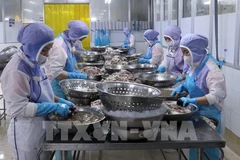
UOB Vietnam backs NAVICO in green finance push for aquaculture
The partnership builds on prior collaboration, with UOB Vietnam previously funding NAVICO’s installation of rooftop solar power systems at its aquaculture facilities.
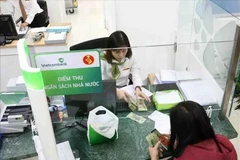
State budget revenue rises 9.7% in Q1
To meet the 2025 revenue target of 411 trillion VND, a 9.6% rise from 2024, the department has instructed regional customs offices to implement measures to boost revenue tailored to local conditions while preventing budget losses.

Vietnamese enterprises float products at world's largest startup fair in India
Startup Mahakumbh 2025 is expected to help Vietnamese firms learn startup and digital transformation initatives from India and other countries, access innovation experiences of leading global enterprises, and introduce their startup products to the world.
